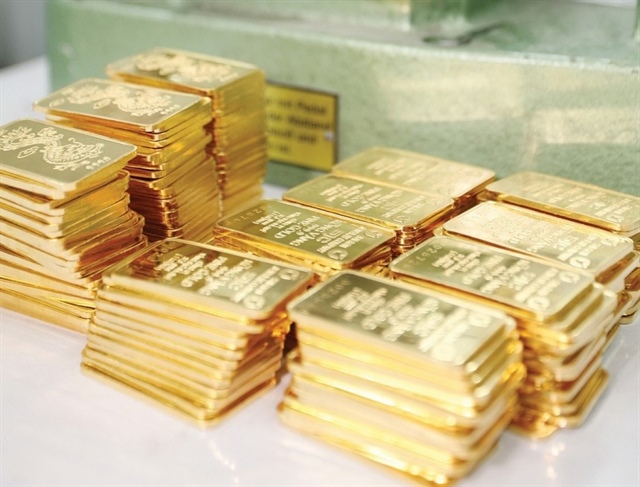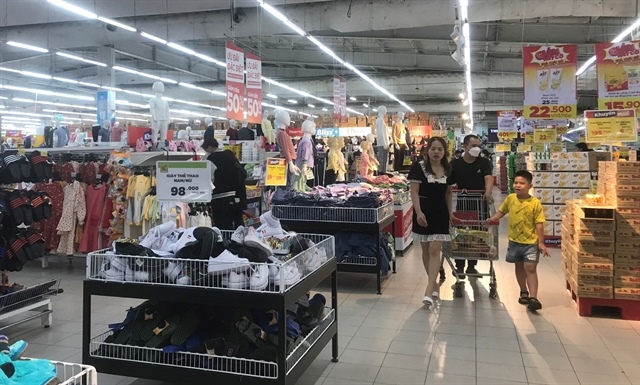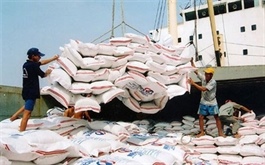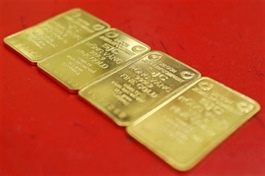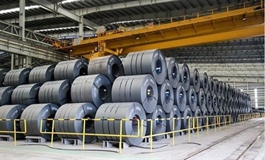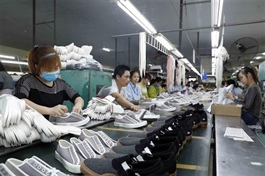Shrimp exports to major markets bounce back
Shrimp exports to major markets bounce back
Having identified its weakness in 2023, entering the first quarter of 2024, Việt Nam's shrimp industry has undergone a clear change, reflected through increases in exports to major markets.
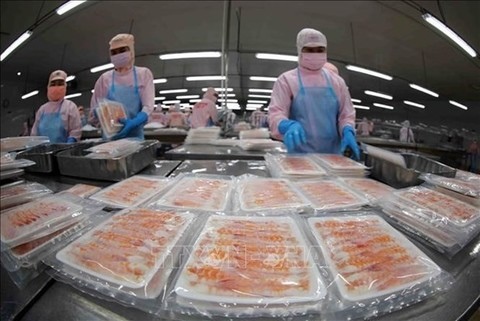
Frozen shrimp products of the Minh Phu Seafood JSC. — VNA/VNS Photo |
According to statistics of the General Department of Vietnam Customs, shrimp exports are estimated at U$$620 million during January-March, up 24 per cent year-on-year. Notably, earnings from shipments to the US and Chinese markets are estimated to increase by 26 per cent and 140 per cent, respectively.
Regarding the Chinese market, Kim Thu from the Vietnam Association of Seafood Exporters and Producers (VASEP) said that China has reduced imports from Ecuador - its largest shrimp supplier, and increased imports from Việt Nam. In this market, Việt Nam has to compete in price with rival suppliers, however, many buyers in China consider Vietnamese shrimp to be of higher quality than those of Ecuador and India, so they accept higher prices.
For the US, shrimp industry experts say that sales of fresh and frozen seafood in this market are forecast to stabilise in 2024, after facing many difficulties in 2023 due to inflation and people’s tightening spending. Compared to some of the US’s main shrimp suppliers, which are India, Ecuador, and China, Việt Nam is considered more promising, especially when diplomatic relations between Vietnam and the US are developing well.
According to a representative of the VASEP, value-added processed shrimp products account for 40- 45 per cent of the total annual shrimp export value. The processing level of Vietnamese shrimp enterprises is at a high level in the world and this is a competitive advantage of Vietnamese shrimp in the Japanese market.
However, the sector is advised to keep up its efforts, because the competition from other countries remains fierce.
According to former VASEP Chairman Hồ Quốc Luc, Vietnamese shrimp products have a good quality, but their prices are at a high level.
Therefore, farmers and exporters are recommended to seek measures to maintain quality and reduce production costs.


